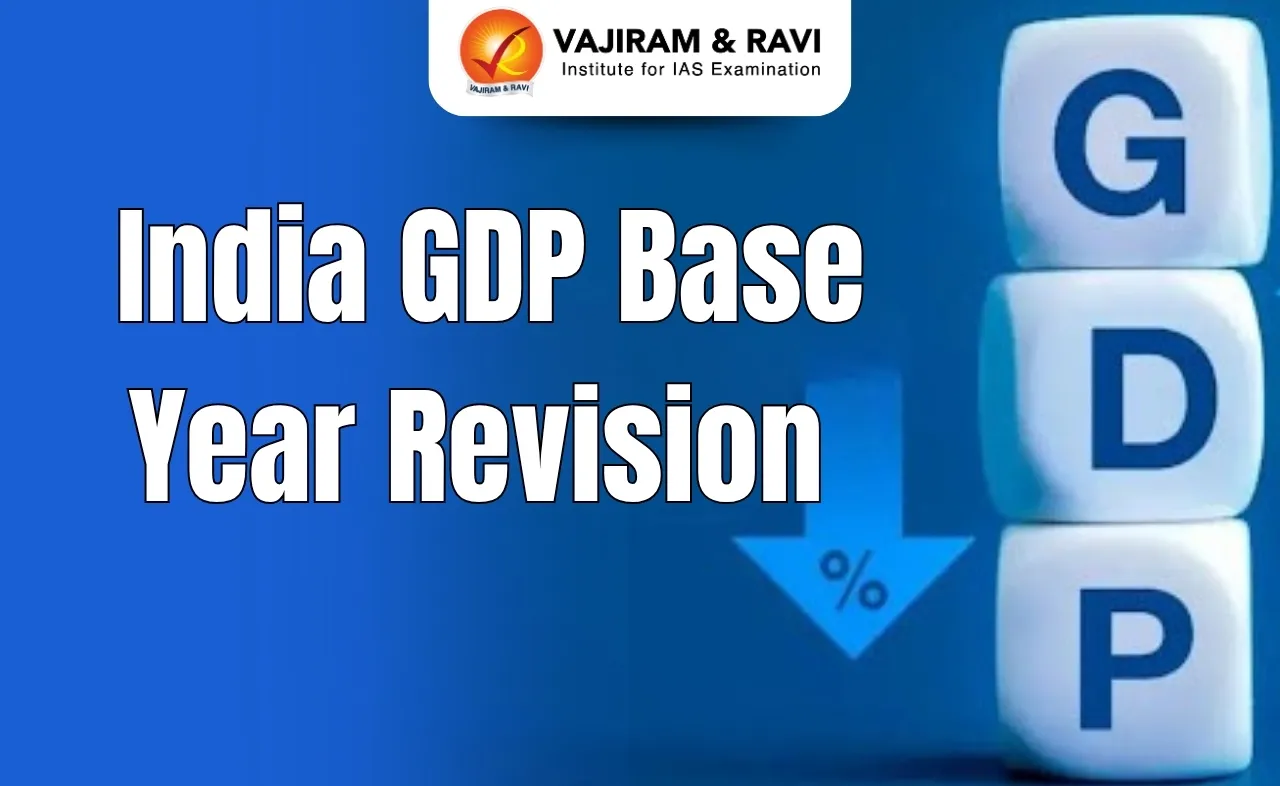What’s in today’s article?
- Introduction
- Key Highlights
- Geopolitical Context
- Conclusion
Introduction
- The Reserve Bank of India (RBI) has clarified its stance on de-dollarization, stating that its recent policies are aimed at diversifying risks rather than completely moving away from the dollar.
- De-dollarization refers to reducing dependence on the US dollar in international trade and reserves.
- It is often driven by geopolitical tensions and the desire for economic independence.
- This approach balances global economic realities while safeguarding India’s financial stability.
- The clarification came days after US President-elect Donald Trump threatened “100 per cent tariffs” against BRICS countries if they sought to reduce reliance on the US dollar in international trade.
Key Highlights
- Diversification over De-Dollarisation:
- RBI Governor Shaktikanta Das emphasized that measures like local currency trade agreements and Vostro accounts aim to reduce dependency on the US dollar but do not intend to eliminate its role entirely.
- Vostro accounts are bank accounts held in India by a foreign bank in Indian rupees.
- They facilitate trade in local currencies and reduces reliance on third-party currencies like the dollar.
- The aim is to mitigate risks stemming from over-reliance on a single currency for trade and reserves.
- Central Banks’ Gold Buying Spree:
- Central banks globally, including the RBI, are purchasing gold to diversify reserves. In 2022, global central banks acquired a record 1,136 tonnes of gold, followed by 1,037 tonnes in 2023.
- RBI added 27 tonnes of gold in October 2024 alone, the largest among central banks during that period.
- The shift to gold is driven by uncertainties, such as the Ukraine war and the fear of secondary sanctions, especially in countries like Russia and China.
- Impact of Dollar Dominance:
- The dollar’s share in global foreign reserves has seen a gradual decline, partially offset by the rise of the Chinese yuan.
- Emerging markets like India are seeking alternatives to dollar reliance due to the geopolitical and economic risks associated with the currency’s dominance.
- Domestic Currency Trade:
- India is encouraging trade in domestic currencies with partners like Russia and the UAE to partially de-risk its trade ties.
- However, international trade in rupees has been limited due to India’s trade deficits with most countries except the US.
Geopolitical Context
- BRICS and Currency Discussions:
- BRICS nations have deliberated on creating a shared currency but face challenges due to their geographical and economic diversity.
- India has resisted using the Chinese yuan for Russian oil imports despite its growing acceptance globally, citing economic sovereignty concerns.
- Challenges in India’s Neighbourhood:
- Surging oil prices and declining dollar reserves have caused social and political unrest in South Asian countries like Sri Lanka, Pakistan, and Bangladesh.
- While India has maintained robust reserves, it remains vigilant about the dollar’s volatility.
Conclusion
- India’s cautious approach to managing dollar reliance reflects a strategic balance between mitigating risks and maintaining global trade stability.
- Through increased gold reserves and efforts to promote the rupee in international trade, the RBI is navigating a complex economic landscape while safeguarding national interests.
- However, challenges like trade deficits and high transaction costs in domestic currency trade remain barriers to reducing dollar dependence entirely.
Q1. What is a Global Reserve Currency?
A reserve currency is a globally recognized currency held in large quantities by a central bank as part of its foreign exchange reserves.
Q2. Why is USD a global currency?
The dollar has been the world’s principal reserve currency since the end of World War II and is the most widely used currency for international trade. High global demand for dollars allows the United States to borrow money at a lower cost and use currency as a tool of diplomacy
News: Why does RBI want a hedge against dollar reliance, but not push for de-dollarisation?
Last updated on June, 2025
→ UPSC Notification 2025 was released on 22nd January 2025.
→ UPSC Prelims Result 2025 is out now for the CSE held on 25 May 2025.
→ UPSC Prelims Question Paper 2025 and Unofficial Prelims Answer Key 2025 are available now.
→ UPSC Calendar 2026 is released on 15th May, 2025.
→ The UPSC Vacancy 2025 were released 1129, out of which 979 were for UPSC CSE and remaining 150 are for UPSC IFoS.
→ UPSC Mains 2025 will be conducted on 22nd August 2025.
→ UPSC Prelims 2026 will be conducted on 24th May, 2026 & UPSC Mains 2026 will be conducted on 21st August 2026.
→ The UPSC Selection Process is of 3 stages-Prelims, Mains and Interview.
→ UPSC Result 2024 is released with latest UPSC Marksheet 2024. Check Now!
→ UPSC Toppers List 2024 is released now. Shakti Dubey is UPSC AIR 1 2024 Topper.
→ Also check Best IAS Coaching in Delhi
























